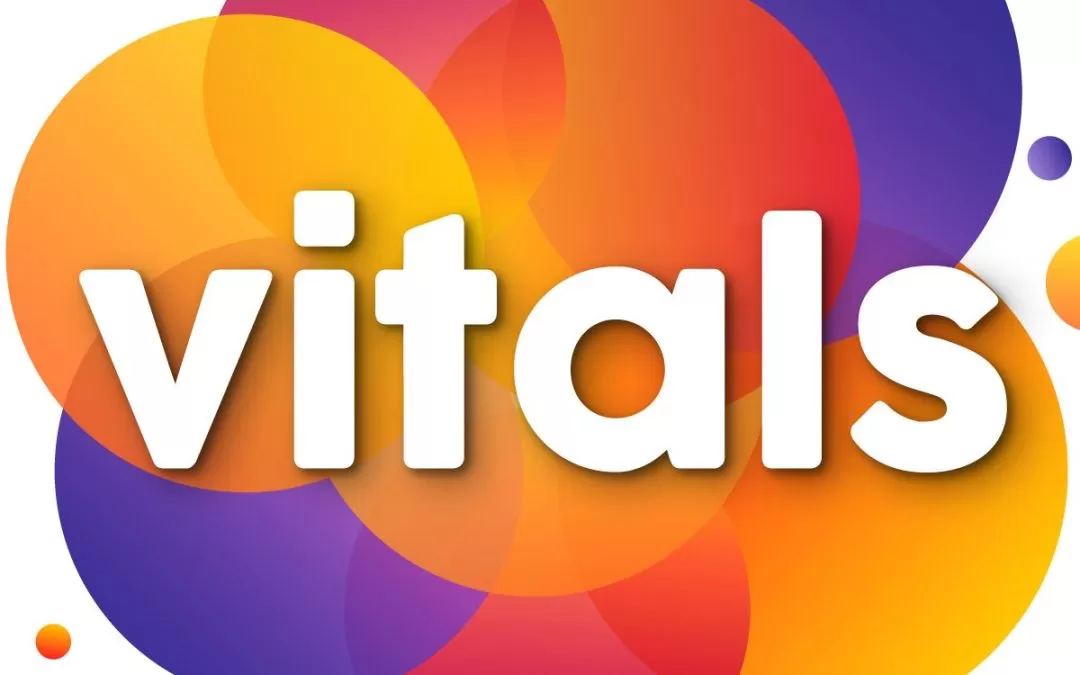It’s easy to get overwhelmed when choosing a SaaS provider. Selecting a Software as a Service (SaaS) vendor can be challenging. In some cases, the ‘selection process’ consists of entering corporate credit card information and agreeing to a dozen pages of unread terms and conditions; in other situations, it may be part of a lengthy procurement process. Here are things to consider as you embark on selecting a SaaS.
What happens to your data if you sever ties with the vendor?
It may seem a bit unsavoury to start considering your ‘divorce’ from a SaaS provider before you’ve even officially coupled, but you don’t want your data to be held hostage should the provider fail, be acquired, or not work out. In the best case, you’ll be able to export all your data (including user account information, logs, customisations and so on) in a standardised format through an automated export function.
If the answer from your potential provider is, “Sure, just call us, and we’ll do it,” then further investigation is required, since that helpful attitude might change during a contract dispute or if the company fails. SwiftERM do store your data, we have to for an analysis of it to be achieved. It is perpetually encrypted and remains secure and most importantly only yours. Yes, the predictive analytics runs through it, but there is no human interface with us. What’s more, you can both download or delete it at any time. It is safely housed in a cloud extension to your hosting facility.
How does the support process hold up in your trial runs?
Every vendor — SaaS providers included — has ‘world-class’ support during the sales process, but the story can suddenly change once you become a paying customer. Create a trial account that doesn’t indicate your company affiliation, since you may receive preferential support if there’s a big name attached to a test account. Submit a support request and assess the quality of the support you receive.
For a larger SaaS deployment, research the support model. Will your help desk be responsible for ‘Tier 1’ support, or will users call the SaaS provider directly? How will your internal support organisation communicate with the SaaS provider’s support?
What migration and training assistance options are available?
A major challenge with any new software deployment is migration to the new platform and subsequent end-user training. Check if your potential SaaS provider can assist with these challenges through data migration tools, premade training tools, or consulting assistance on either front. For a large SaaS deployment, these can be points of leverage in contract negotiations, since it’s in everyone’s interest to make the migration as fast and painless as possible.
Can you test in parallel?
As you consider a SaaS provider, investigate whether you can migrate a single department or a small group of users to utilize the SaaS application in parallel to whatever it’s replacing. During this period, you can gather user feedback, test the support process, and validate the business case for moving to SaaS. You’ll also have an opportunity to test the migration tools to and from the SaaS platform in a relatively low-risk manner.
How does functionality compare to maturity?
It’s easy to get excited by the flashy functionality and compelling cost savings of a SaaS delivery model, and start obsessing about getting the latest, bleeding-edge capabilities; however, innovative functionality is often the domain of the newest and least mature players in the SaaS market. While the functionality may be compelling, other areas like support, disaster recovery, and ultimately corporate funding may be lacking.
Temper excitement around features and functions with an honest assessment of the company’s maturity and ability to support your organisation in the long run. In some areas, an upstart may provide such compelling advantages that the risks are worthwhile. Ultimately, you must understand the risks and rewards, and plan to mitigate the former.
What’s the backup plan?
You must understand how your data are protected, and what redundancies are available should your SaaS provider have an outage. Too often SaaS providers point to their backend infrastructure provider (Amazon or Microsoft’s Azure) as “unsinkable.” While these platforms have various redundancies, make sure your provider maintains its own readily accessible backups to prevent unforeseen or human errors or provides an interface for you to perform your backups.
Certification, Compliance and Standardisation
While certification and compliance might not be so important for small projects and businesses, they can be the deciding factor for enterprises that have to comply with industry standards. Standards and frameworks help shortlist providers, but they should not be the only deciding factor. Here are some of the main certification bodies and frameworks:
Security
- ISO
- CSA (Cyber Security Alliance)
- ico.
- HIPAA
- SSAE
- PCI DSS
- GDPR
- IEC
- COBIT
- Cyber Essentials
- ISAE
Cloud
- IEEE
- ISO
- IETF
- DMTF
- ETSI
- GICTF
- OpenGridForum
- SNIA
- Open Cloud Consortium
- Cloud Standards Customer Council
- NIST
- OASIS
Operations
- ISO
- ITIL
- IFPUG
- CIF
- DMTF
- COBIT
- TOGAF 9
- MOF
- tmforum
- FitSM
What’s the pricing model?
A major attraction of SaaS is the simplified pricing model. In some cases, there are hidden charges or pricing that varies based on metrics ranging from user counts to transactions, to bandwidth. If the sales process glosses over these provisions, engage the assistance of your purchasing or legal department to wade through the fine print and confirm that you understand what might trigger a significant price increase.
What integration options are available?
Rarely do our applications exist in silos, and as soon as your new SaaS tools gain traction there will be demands to integrate their data and functionality into other applications and reports. While many SaaS vendors provide a great portfolio of APIs and data sharing, make sure your people have the skills to access these interfaces, and that the data and functionality you might need to integrate are available. Our complement of UTM‘s used is available to integrate with other applications, and because it can be delivered in a variety of methods, it is universally compatible with all typically adopted methods.
Are your current and future user environments supported?
This may seem like an odd concern for SaaS-provided software since it’s usually delivered by a web browser, but as any web designer will tell you, all browsers are not created equally. Browsers such as Google Chrome are the darlings of many SaaS providers, and their software may not function correctly with corporate stalwart Internet Explorer — especially some of the older versions that are standard at some companies.
In addition, consider whether your SaaS provider offers mobile apps or mobile browser support if users will require access to the SaaS applications on the go. Users like those who work on the shop floor or in field sales may end up using their phones and tablets as the primary means for accessing the app, so ensure appropriate mobile support is provided.





